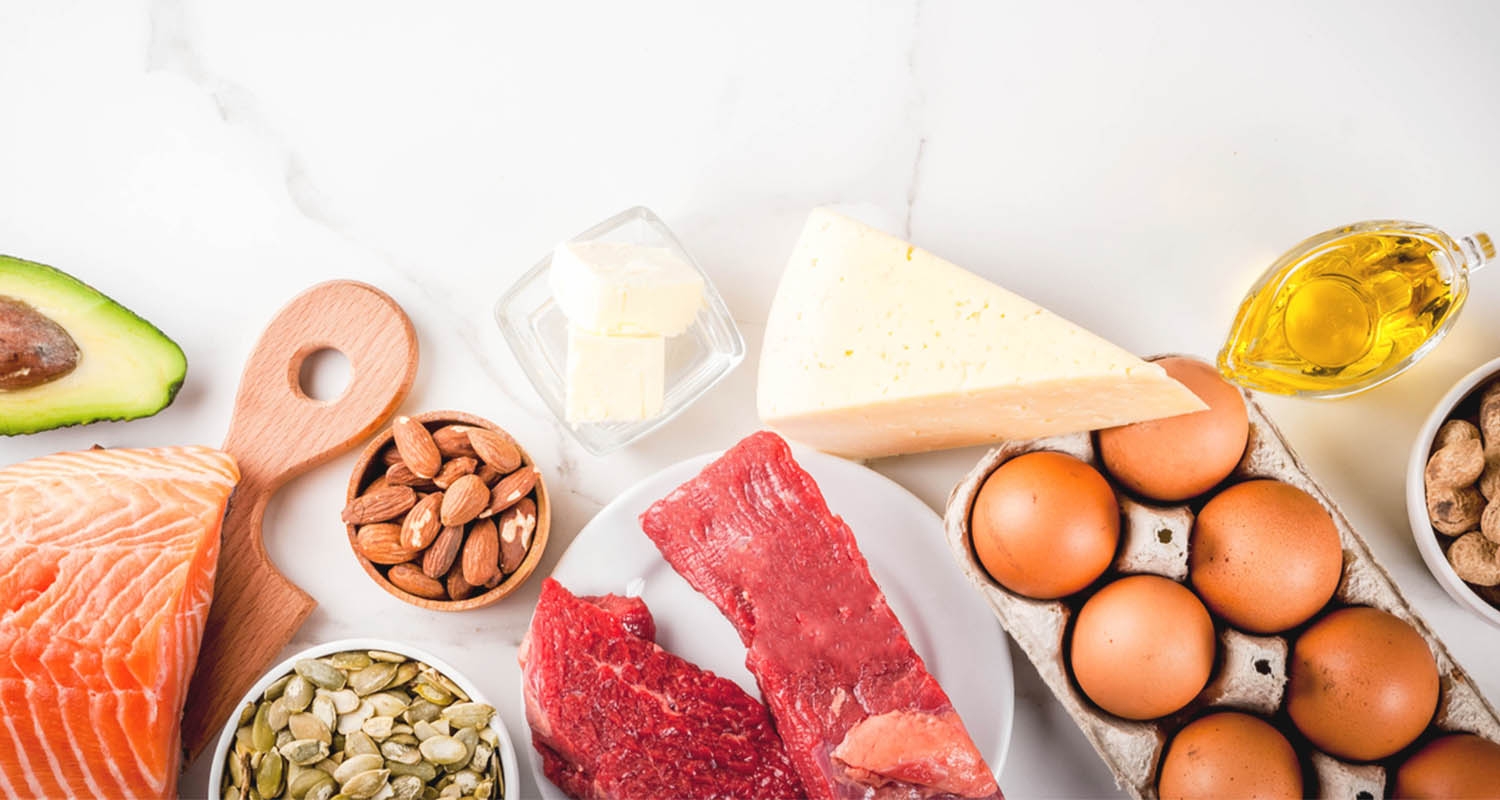- The traditional keto diet involves eating mostly fats, some protein, and a small amount of carbs, but a cyclical keto diets allows you to incorporate more carbs into your diet.
- The cyclical ketogenic diet includes strategic “carb refeed” days that replenish depleted glycogen stores, to help fuel your performance in the gym.
- While research is limited, there are potential benefits and downsides to cyclical keto that differ from the standard version.
The keto diet involves eating very small amounts of carbohydrates and higher amounts of fat to burn more body fat as fuel. While the standard version does not allow much variance in the ratio of macronutrients, the cyclical ketogenic diet is more flexible.
How exactly does this strategy work? And what foods can you eat when it’s time for a high-carb meal? Learn more about cyclical keto, including how it may assist your muscle-building efforts.
What is the cyclical ketogenic diet?
Cyclical ketosis simply means you’re cycling in and out of a ketogenic state on a weekly basis.[1] Also known as carb cycling, a cyclical keto diet involves one to two days a week of consuming higher amounts of carbs. The other five to six days are identical to the standard keto diet.
When you’re following the cyclical keto diet, you eat large quantities of quality fats and very few carbs (less than 50 grams of net carbs a day), five to six days of the week. Then, you eat more carbs — roughly 150 grams — during what’s called a “carb refeed” day.
Full ketosis isn’t suitable for everyone. Adding clean carbs like sweet potatoes, squash and white rice one day a week supports healthy functioning of body systems that need some amount of carbs.
Related: Keto Diet for Beginners – Your Complete Guide
Cyclical keto vs keto – what’s the difference?
The keto diet is made up of mostly fats (75 percent of your daily calories), some protein (20 percent) and a very small amount of carbohydrates (5 percent). Eating that much fat and very few carbs puts you in ketosis, a metabolic state of burning fat instead of sugar for energy.[2]
When your body can’t get glucose from carbohydrates, your liver converts fatty acids from your diet into molecules called ketones, an alternative energy source. Burning ketones instead of sugar can help with weight management and may reduce inflammation in the body.[3]
In comparison, the cyclical keto diet allows for substantially more carbohydrates than a conventional keto plan. The one high-carbohydrate day allows your body to reset before you reduce carb intake again the following day.
The bottom line: Both diets focus on fueling your body with quality fats, but cyclical keto gives you the flexibility to strategically incorporate carbs.
What makes Bulletproof cyclical ketosis different?
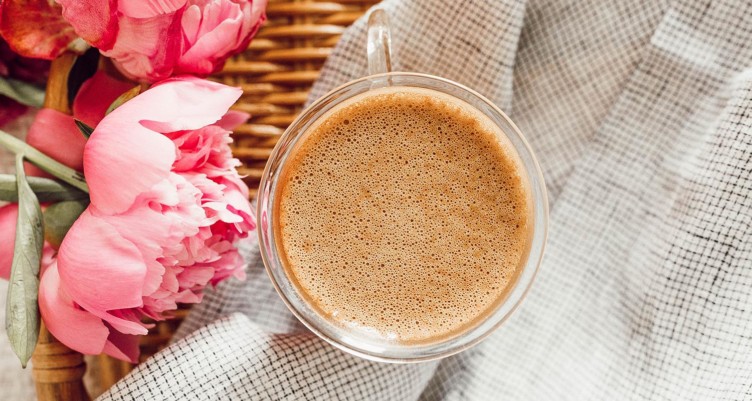
When you’re following the Bulletproof cyclical keto diet, you’re using some keto diet strategies that make achieving and maintaining ketosis easier and faster. These are:
Intermittent fasting: You eat all of your daily calories within a shortened period — typically six to eight hours — and fast for the remaining 16 to 18 hours. Fasting shifts your body into ketosis and keeps you there — it drains your body of its glucose reserves, so you burn fat for energy, aka ketosis.
Drink Bulletproof Coffee: Drinking a Bulletproof Coffee in the morning keeps you in ketosis without the distracting hunger pangs. Each cup contains Bulletproof Grass-Fed Ghee and Bulletproof Brain Octane C8 MCT Oil — a purified form of saturated fatty acids called medium-chain triglycerides (MCTs), derived from 100% coconut oil. Brain Octane rapidly converts into brain-powering, fat-burning ketone energy. It helps control cravings and improves cognitive performance to keep you sharp.† Brain Octane naturally raises ketones — four times more effectively than ordinary coconut oil.[4] The healthy fats also keep you full for longer, so you can get to lunchtime without an energy crash.
Add Brain Octane Oil to your meals: Using Brain Octane Oil throughout the day — drizzled over your salad or vegetables, for instance — allows you to eat a few more carbs than usual while staying in ketosis. A blood ketone level of 0.5 mmol/L is enough to suppress appetite.[5]
How to do the cyclical ketogenic diet
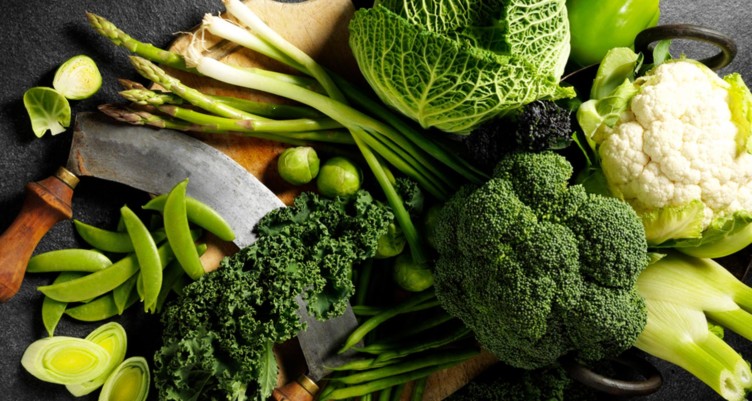
To begin following the cyclical keto diet, consume 20-50 grams of carbs per day. The majority of your calories should come from foods containing healthy fats like nut butters, MCT oil, eggs, avocados and high-quality protein sources such as grass-fed beef or salmon.
On the seventh day, up your carb intake to roughly 150 grams. This breaks ketosis to allow your body to replenish its glycogen stores.
Here is a sample eating schedule to get you started:
- Step 1: Eat dinner by 8 p.m. then fast overnight.
- Step 2: Drink a Bulletproof Coffee in the morning. You can have another cup before 2 p.m. if you start to get hungry.
- Step 3: At 2 p.m., eat a lunch that’s high in fat, with some protein and minimal carbs. You could have wild salmon with buttered kale, or a bowl of lamb chili.
- Step 4: Try not to snack between meals, and eat another high-fat, low-carb meal before 8 p.m. Dinner could be pork chops with an herb crust and wilted dandelion greens, or shredded beef with Brussels sprouts.
On your “refeed” day, you can still enjoy a cup of Bulletproof coffee in the morning. However, make sure to incorporate more carbs into your meals so you reach your macronutrient goal. Once you try a few different carb sources, you’ll have a better idea of what your body handles well.
Is the cyclical ketogenic diet safe
Unfortunately, research surrounding cyclical ketogenic diet dangers is limited.[6] So, until studies on cyclical keto are published and accessible, we cannot predict if following cyclical keto is, in fact, safe.
“Every body is different,” says Bulletproof Senior R&D Manager Ashlee Dawson, MS, RD. “Some people may do better with cyclical keto vs. standard keto, while others may not respond favorably to any type of keto diet. To find out which keto diet is best for you, always consult your health care provider.”
How do you know when you’re in ketosis?

You’re in ketosis when your ketone levels measure at least 0.5 mmol/L. You can check your ketone levels using urine sticks, blood sticks, or a blood meter. You can also test for acetone levels in your breath using a breath analyzer.[7]
A simpler way is monitoring how your body feels — this should tell you if you’re in the ketosis zone. Here are signs you’re probably in ketosis:
- Reduced appetite: Ketones suppress your hunger hormones, so you feel full for longer.
- Weight loss: Eating high-fat foods and few carbs burns fat, so if you’re losing weight, you’re likely in ketosis.
- Keto breath: Does your mouth taste like metal? People get a metallic taste in their mouth when they have high ketone levels.
What to eat on the cyclical ketogenic diet
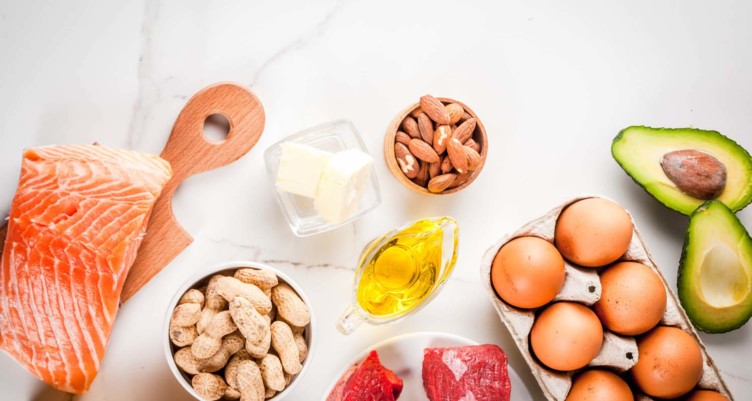
Cyclical keto doesn’t allow you to eat high-carb foods like pizza every day. You still need to watch your macros and limit your carb intake for the majority of the week. Fill your plate with meat, fish, eggs, vegetables and healthy fats. These are clean, low-toxin foods that won’t leave you foggy or bloated or disrupt your performance.
On days six and/or seven, add some clean carbs to your menu. Sweet potatoes, beans and lentils and brown rice are great options. On high-carb days, avoid eating large amounts of bread, pasta and baked goods. Carb quality is important, so be mindful of your food choices.
Here’s what you should and shouldn’t eat on cyclical keto diets:
- Vegetables: Green and leafy vegetables are acceptable food on any version of keto, including CKD. Choose vegetables that grow above the ground, such as broccoli, cucumbers, asparagus and zucchini. Starchy root vegetables like sweet potatoes, carrots and parsnips work well on refeed days.
- Protein: A common misconception about keto is that it’s high-protein, when in fact, it’s high-fat and moderate in protein. Too much protein turns into glucose in the body, making it harder to stay in ketosis. Stick to fatty cuts of grass-fed, pasture-raised, or wild meat and wild-caught fish. Pair your protein of choice with a clean carb source when it’s time to replenish your glycogen stores.
- Dairy: Choose full-fat, organic, grass-fed butter — it provides healthy fats like omega-3s and fatty acids including conjugated linoleic acid (CLA), which burns fat and is anti-inflammatory.[8]
- Oils and fats: This is the most important category of food in the keto diet, since most of your calories come from fat. Focus on saturated and monounsaturated fats like butter, lard and ghee, along with coconut oil and fish oil. Your daily fat count also comes from egg yolks and fatty meats and seafood. Stay away from inflammatory fats, like canola, cottonseed, corn, flaxseed, peanut, safflower, soy and sunflower oils.
- Fruits: Exercise caution here — the sugar content in most fruits can take you out of ketosis. Fresh berries, avocado, and coconut are the exceptions. On your refeed day, however, you can have some fruit with your meals.
- Nuts: Eat these once in a while, or save them for your high-carb day. While high in fat, most nuts also have a lot of protein and carbs. Snack on lower-carb nuts like pecans, macadamia nuts and Brazil nuts. Because nuts have a high risk of mold and spoil easily once shelled, buy high-quality, fresh nuts and store them in the fridge or freezer.
- Beverages: It’s easy to become dehydrated when on keto. Your insulin levels decrease when you cut back on carbs, and low insulin makes it harder for your body to hold onto sodium and water.[9] Drink lots of plain water, and sip on bone broth to replenish electrolytes, especially during the first couple of weeks when your body is adapting to the new diet.
Benefits & downsides of the keto cycle diet
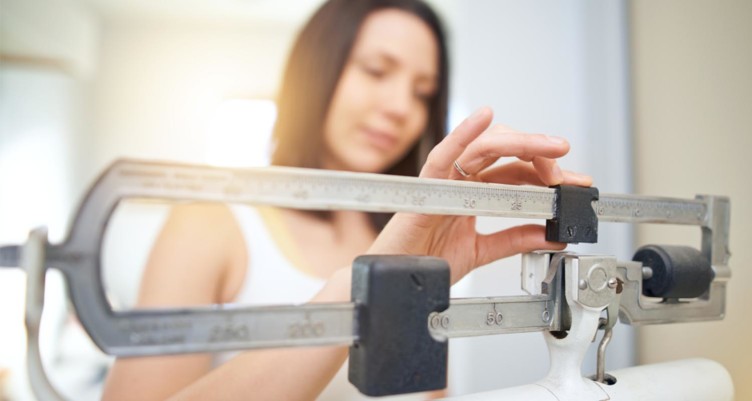
No diet is perfect, with benefits as well as downsides, and keto is no different. While cyclical keto may be easier to follow than conventional keto, it can still cause a few unpleasant side effects while your body is adjusting to the change in fuel. But that doesn’t mean there aren’t benefits of a cyclical ketogenic diet — there are.
Benefits
Although research is limited surrounding cyclical keto, you may experience a few benefits from following this type of diet:
- Potential muscle gains: Standard keto may suppress anabolic hormones, while cyclical keto may raise your insulin levels in a strategic way to support muscle growth.[10]
- Likely increase in fiber: Consuming clean-burning starch sources like sweet potatoes on your refeed day will provide your body with an extra boost of fiber.
- Possible improved athletic performance: The period of high-carb eating is intended to refill muscle glycogen, which may sustain athletic performance.[11]
Related: Why Carb Cycling Can Be an Effective Strategy for Keto Dieters
Downsides
As cyclical keto research is limited at this time, we don’t have as much of an in-depth view on the disadvantages of following this diet. However, consider these potential pitfalls:
- Possible weight gain: It’s possible to consume too many calories on carb days resulting in weight gain. You may stay within your 150g carb limit but exceed your calorie goals. To avoid this, it’s important to not only track your macros but also your caloric intake.
- Potential water retention: Another potential reason for weight gain on the cyclical keto diet plan is an increase in water weight as a result of carb days. The human body uses up to 3 grams of water to store 1 gram of carbohydrates in muscle tissue, so be prepared for potential water retention.[12]
Takeaway
The cyclical ketogenic diet is an alternative to the traditional keto diet for those who want more flexibility with their carb consumption. By upping carb intake to 150 grams one or two days a week, you give your body a chance to replenish glycogen stores and stave off any pesky carb cravings you may have during the week. Because this version of keto isn’t science-backed yet, talk to your healthcare provider to determine if it’s right for you.
This article was originally published on September 2, 2021 and has been updated with new content.



